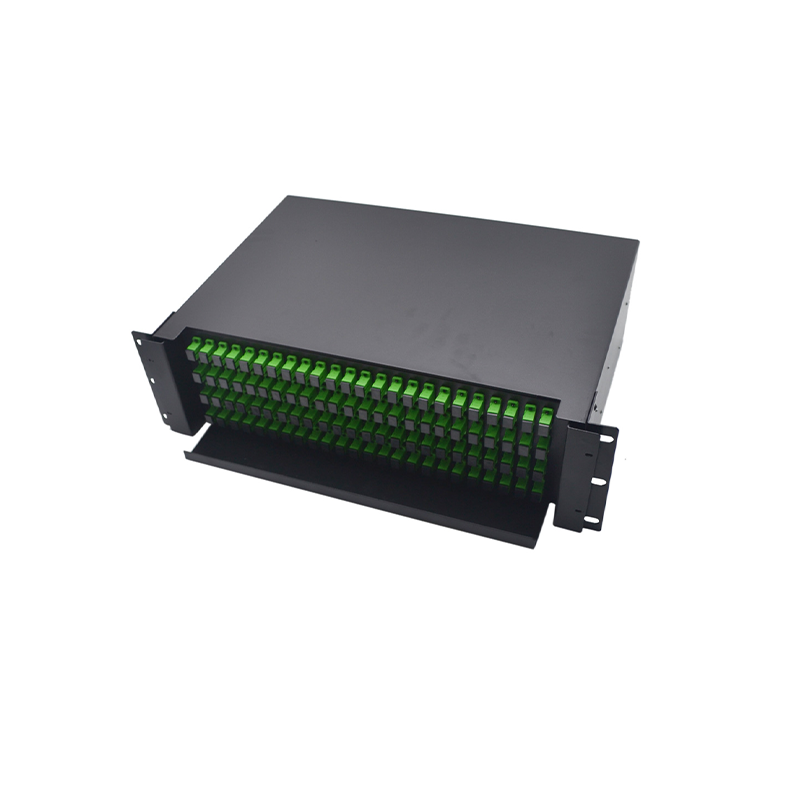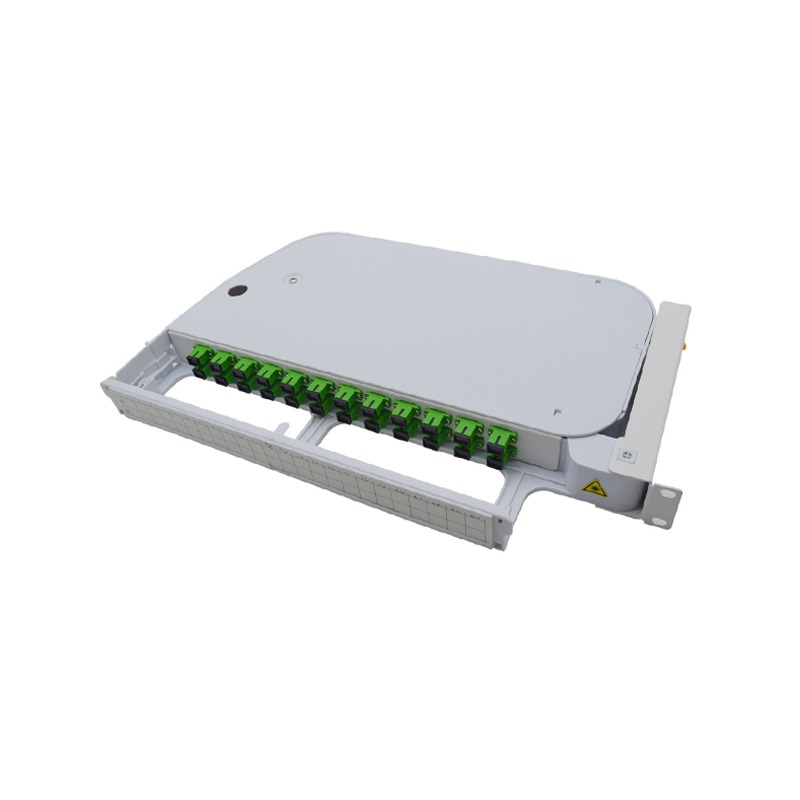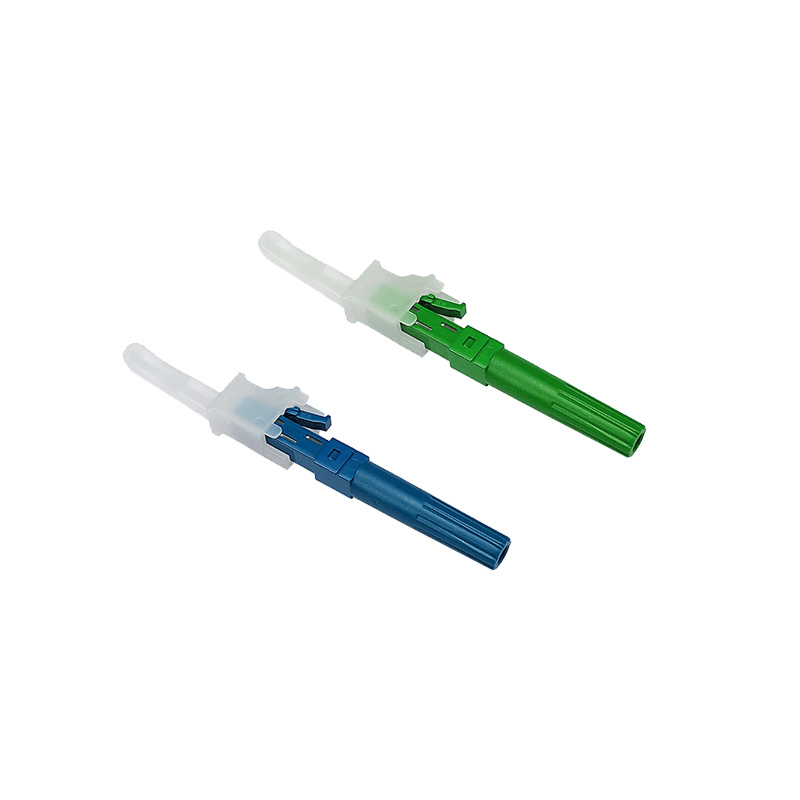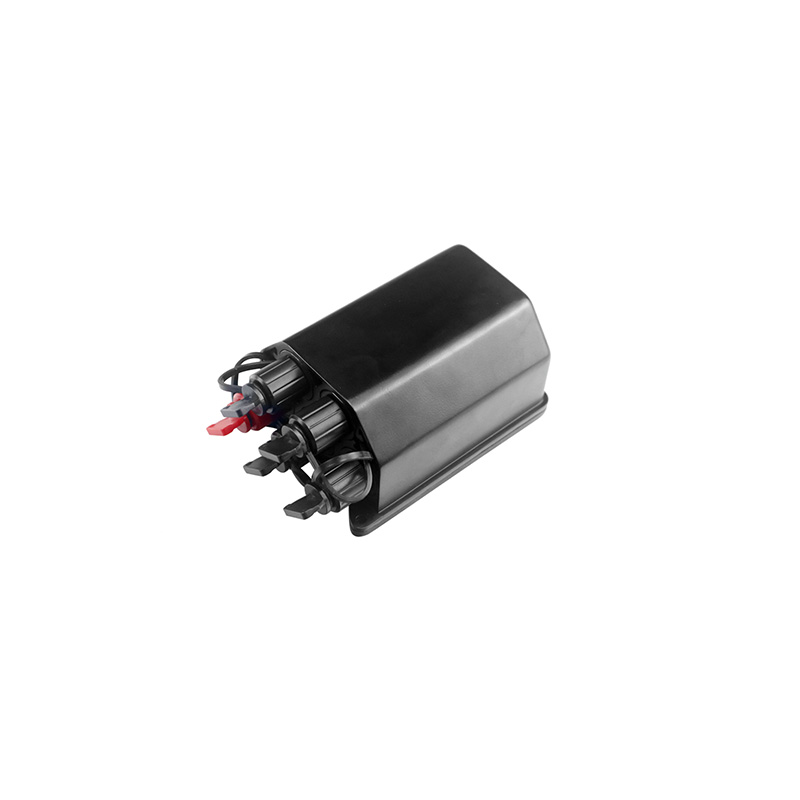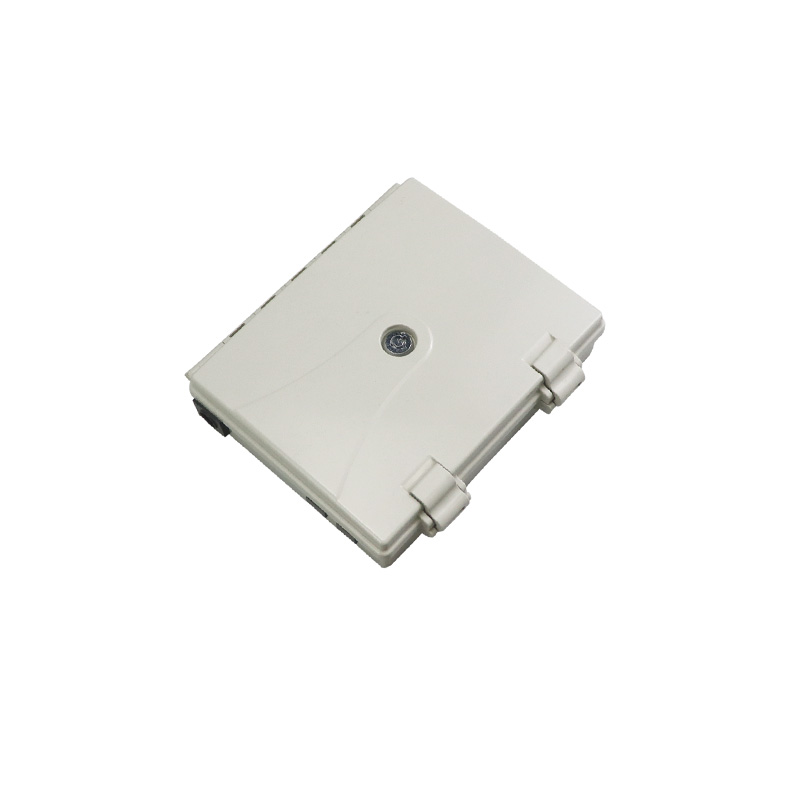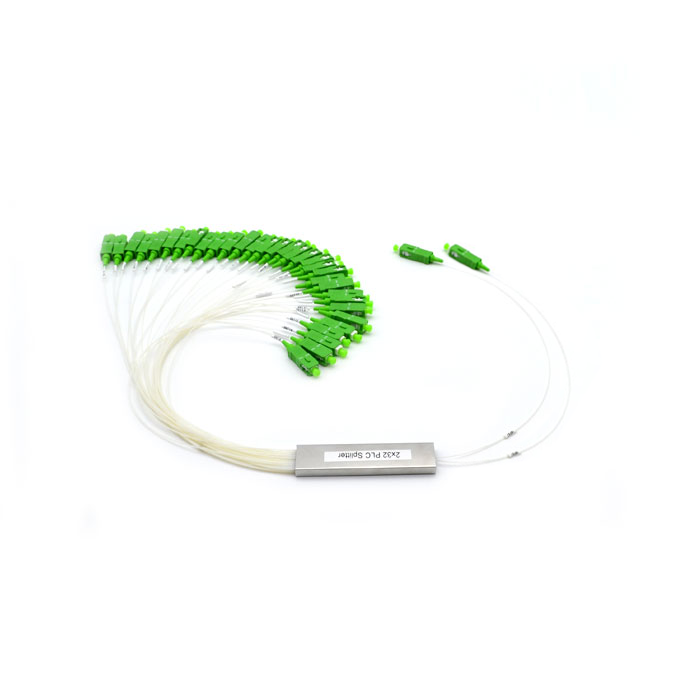Complete Introduction to Multimode and Singlemode Fiber
Date: 2024-08-25
Fiber optics are the most basic and commonly used product in the field of communications.. Optical fiber can be divided into single-mode optical fiber and multimode optical fiber.. in a short sentence, single-mode optical fiber is suitable for long-distance communication transmission, while multimode optical fiber is suitable for short-distance communication transmission.
Singlemode Optical Fiber
When the geometric dimensions of the optical fiber (mainly the core diameter) are close to the wavelength of light, as a core diameter d1 in the range of 5~10µm, Fiber optics only allow one mode propagation (basic mode HE11), with all other higher modes completely dimmed. The optical fiber that transmits in this way is called single-mode optical fiber..
The transmission rate of single-mode optical fiber is 100M/s or 1G/s, with a transmission distance of more than 5km. Generally, Single-mode optical fiber is used for long-distance signal transmission. Its light source is a laser light source, with applicable wavelengths of 1310nm/1550nm. The wire color is generally yellow, and the connectors are mostly blue or green.
Single-mode fiber and its mode
Since it only has one mode of propagation, avoids the problem of modal dispersion, Thus, the single-mode optical fiber It has a very wide bandwidth, especially suitable for large capacity fiber optic communication. Therefore, to achieve single mode transmission, It is necessary that the parameters of the optical fiber meet certain conditions. For example, through formula calculations, for an optical fiber with NA=0.12 and to achieve single-mode transmission at wavelengths greater than λ=1.3µm, fiber core radius should be ≤4.2µm, namely, its core diameter d1 should be ≤8.4µm. Since the core diameter of single-mode fiber optic cable is very small, This places stricter requirements on your manufacturing process..
Multimode Fiber Optic
When the geometric dimensions of the optical fiber (mainly the core diameter d1) They are much longer than the wavelength of light, There may be dozens or even hundreds of propagation modes in optical fiber.. The optical fiber that transmits in this way is called multimode optical fiber..
The core of the multimode fiber optic cable is 50μm/62.5μm, with a typical rate of 100M/s, and the transmission distance can reach 2km, 1 G/s can reach 1000m, Y 10 G/s can reach 550m. Its light source is an LED light source, with applicable wavelengths of 850nm/1310nm. Gigabit cable color is mostly orange, and to 10 Gigabit is mostly aqua blue, with connectors mostly in gray white.
Multimode fiber and its mode
Because different propagation modes have different propagation speeds and phases, long distance transmission may result in delays and broadening of light pulses. This phenomenon is called modal dispersion of optical fiber. (also called intermodal dispersion). Modal dispersion causes the bandwidth of multimode optical fiber to narrow, reducing its transmission capacity, Thus, multimode optical fiber is only suitable for communication of fiber optic capacity smaller.
Singlemode and Multimode Fiber Types
Among the types of single-mode optical fiber are G652, G655 y G657. Secondly, Multimode optical fiber types include OM1, OM2, OM3, OM4 and OM5.
OM5 patch cables are usually lime green in color. Unlike OM4 patch cables, which only support the transmission of a single wavelength at a time, OM5s can support up to four wavelengths simultaneously and have a longer transmission distance. This makes them widely applicable to 40G/100G cabling infrastructure in data centers.. OM1/OM2 are widely used indoors and are generally orange in color. OM3/OM4 are usually aqua blue, but they are also available in purple and magenta, and are mainly used for 10G to 40G/100G cabling in data centers.
Differences between Singlemode and Multimode Fiber Optic
Core Diameter
The main difference between single-mode and multimode optical fiber is the core diameter.; the multimode has a larger diameter, typically of 50 o 62.5µm. While the typical core diameter of single-mode fiber is 8 y 10µm, both types have a coating diameter of 125µm.
Light source
Fiber optics generally use lasers or LEDs as the light source. laser light sources, which are significantly more expensive than LEDs, They generate light that can be precisely controlled and have high power. LEDs generate more dispersed light (many light modes), which is generally used for multimode fiber. Meanwhile, laser light sources (that generate light close to a single mode) They are generally used for single-mode fiber optics.
Bandwidth
Multimode optical fiber, with its larger core size, allows multiple transmission modes, resulting in modal dispersion and narrower bandwidth. This results in a higher pulse expansion rate, limiting the information transmission capacity of multimode fiber. Secondly, The modal dispersion in single-mode fiber is much lower than in multimode fiber., which gives it a much wider bandwidth, especially suitable for high capacity communications.
Coating Color
Coating color is sometimes used to distinguish between single-mode and multimode fiber optic patch cables.. According to the standard TIA-598C, in non-military applications, single-mode fiber uses a yellow outer coating, while multimode fiber uses an orange or aqua coating. Depending on the type, some manufacturers use other colors to differentiate high performance OM5 fiber from other fiber types.
Precio
Although multimode fiber can support multiple light modes and its price is higher than singlemode, Single-mode fiber devices generally use solid-state laser diodes, which are more expensive. While single-mode fiber modules can transmit up to 150-200 km, multimode fiber modules can only reach up to 2 km. Nevertheless, devices used in single-mode fiber modules are approximately twice as expensive as those in multimode fiber modules, so the cost of single-mode cable equipment is much higher than that of multimode cable.
Under short distance light transmission conditions, especially in local network cabling scenarios, multimode fiber works as well as singlemode. Therefore, driven by cost advantage, multimode fiber is more suitable for data center construction.

